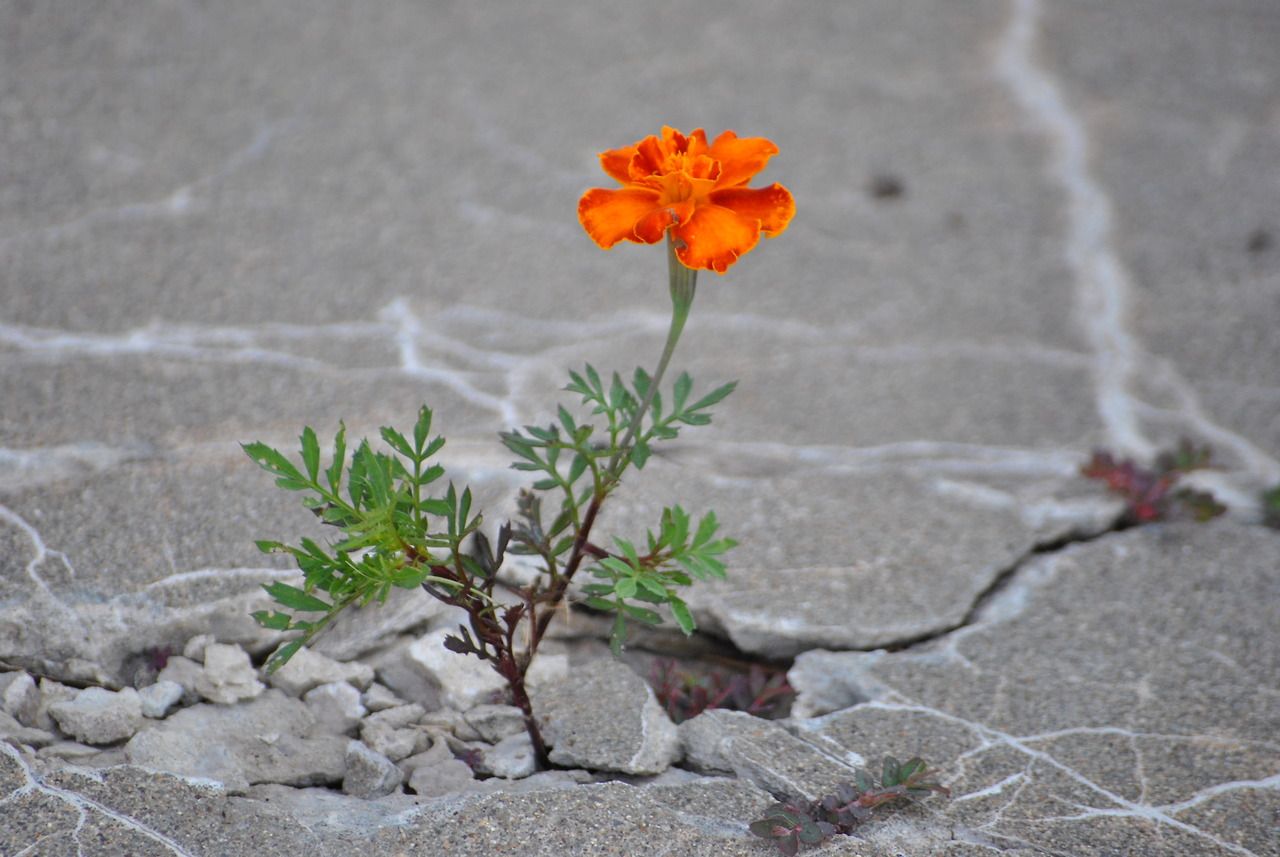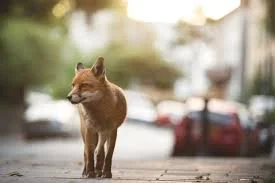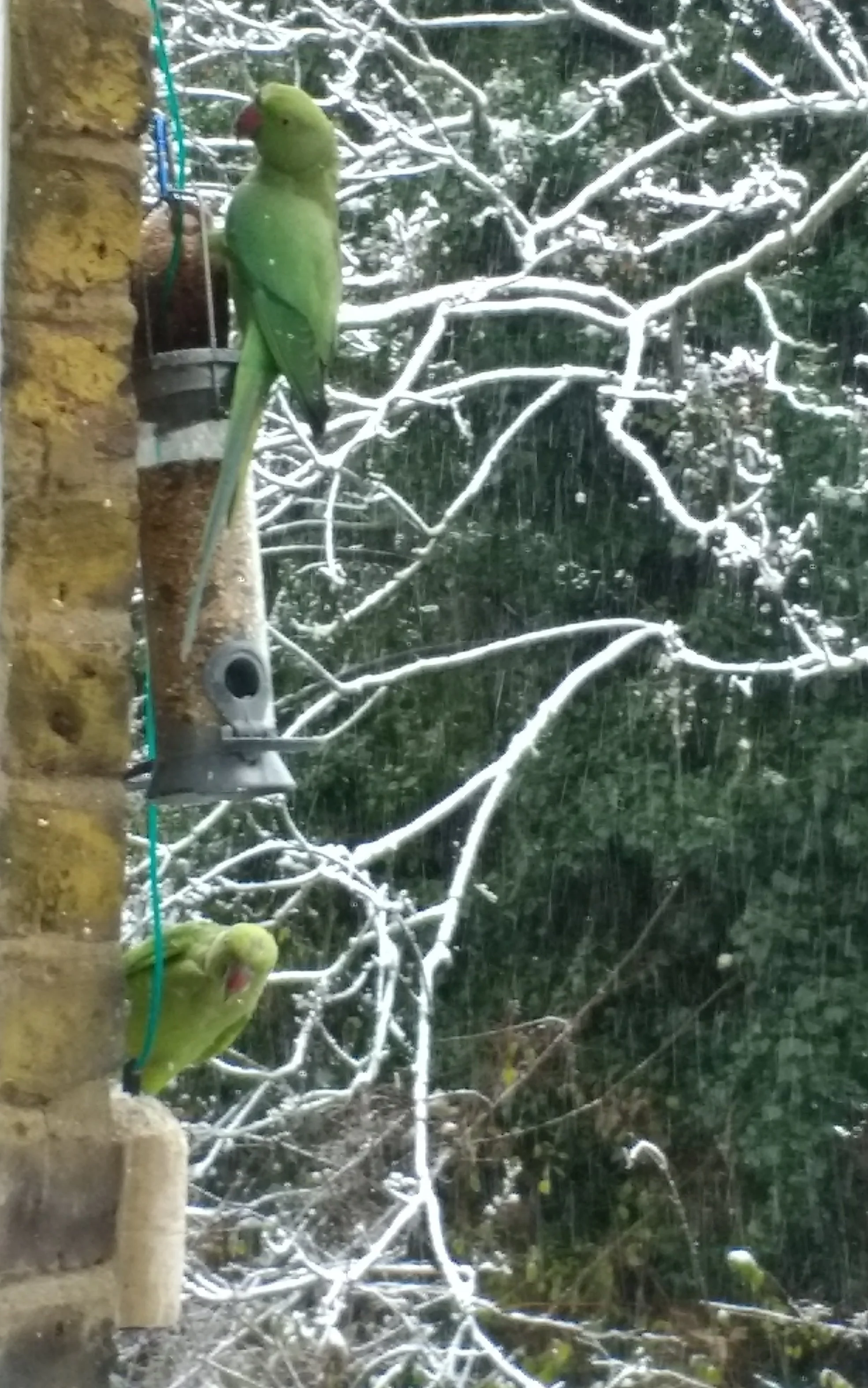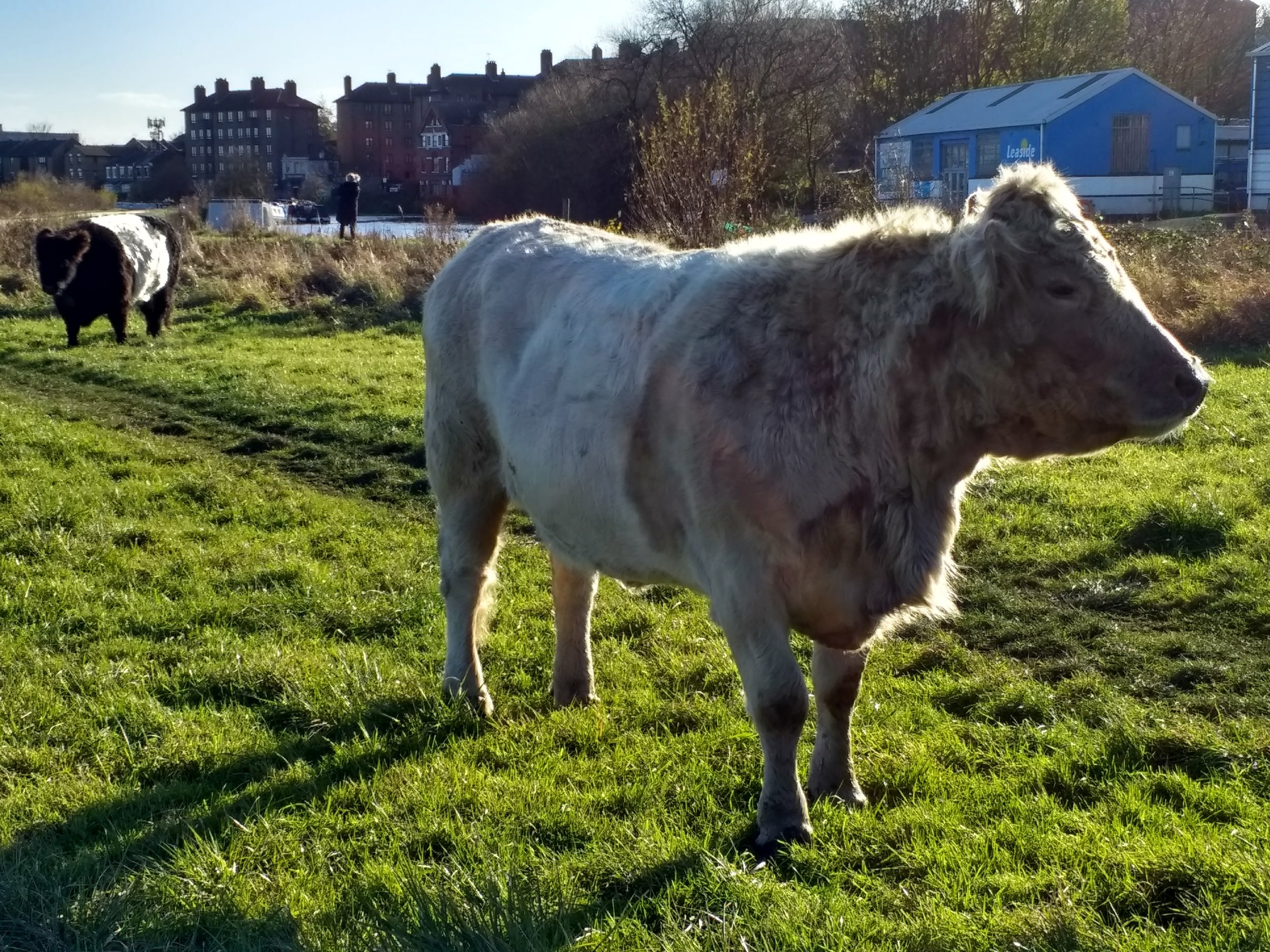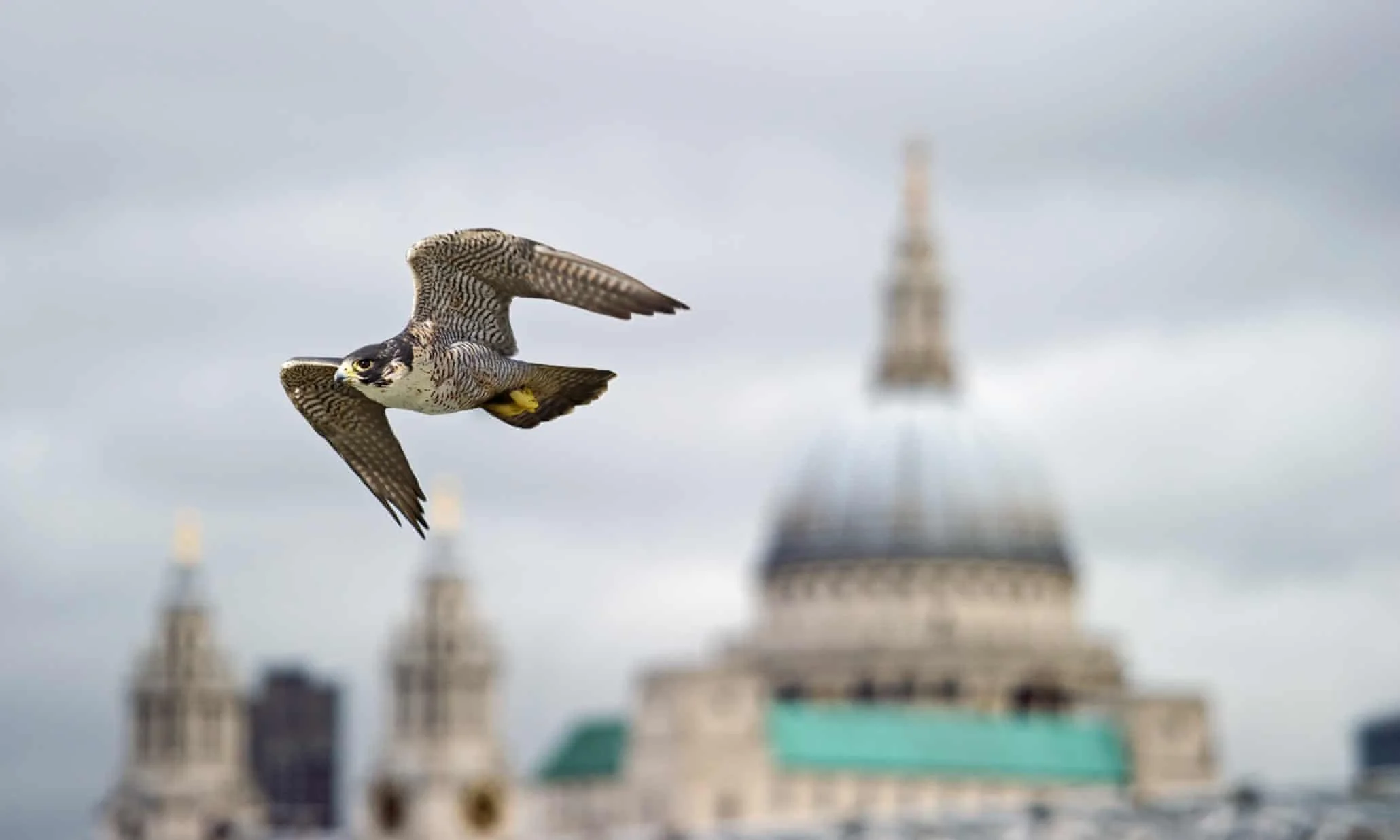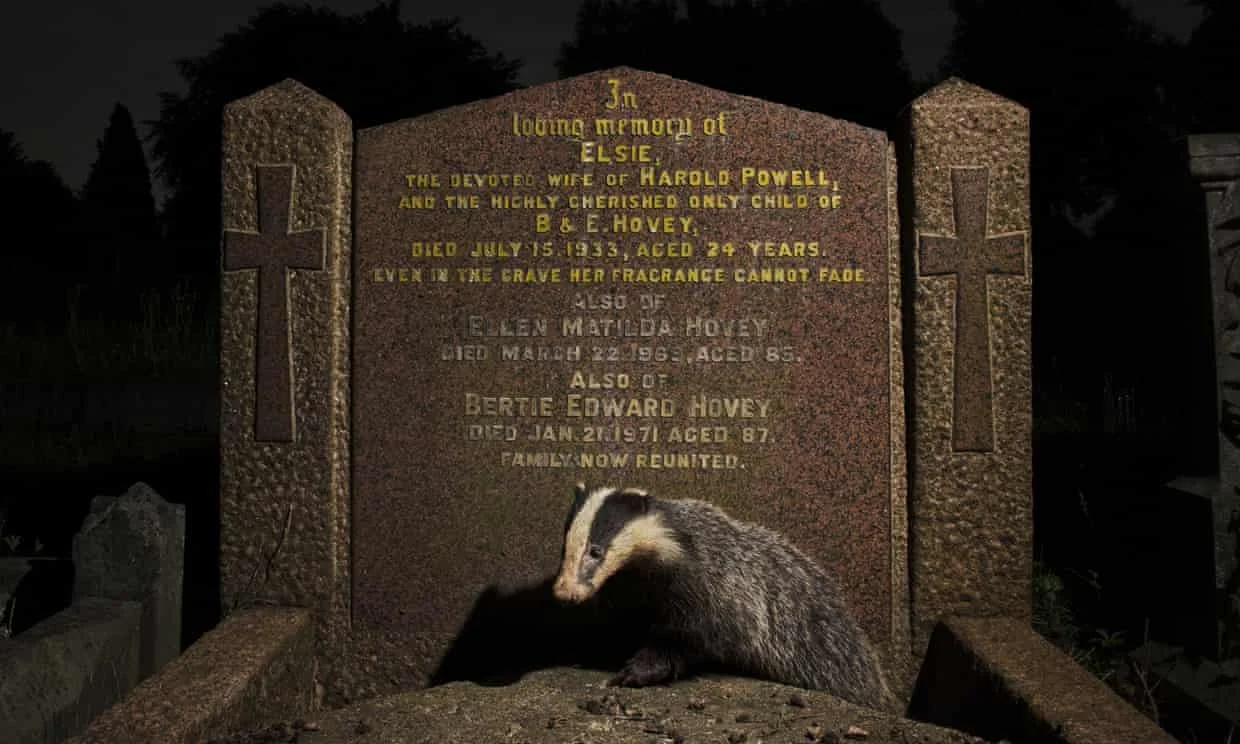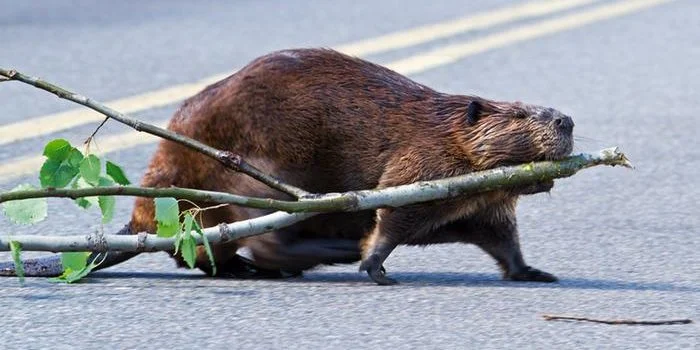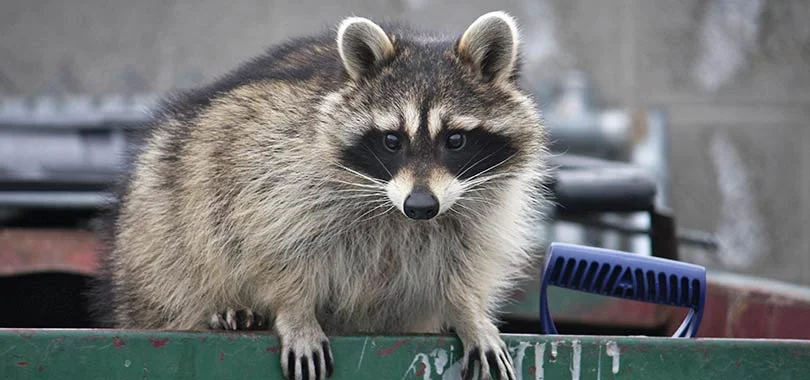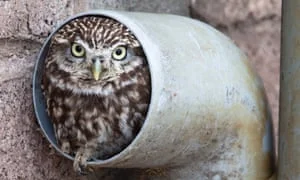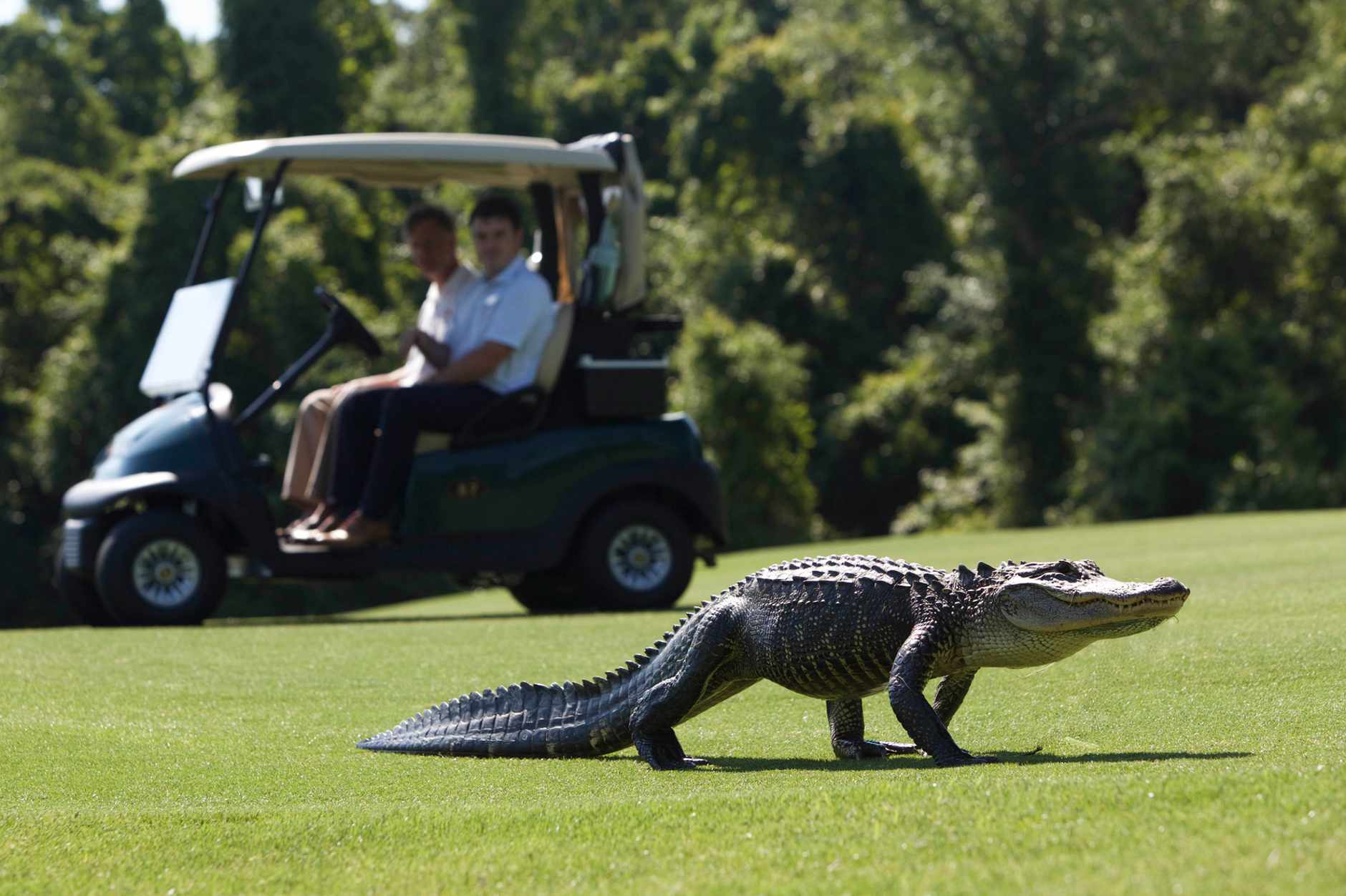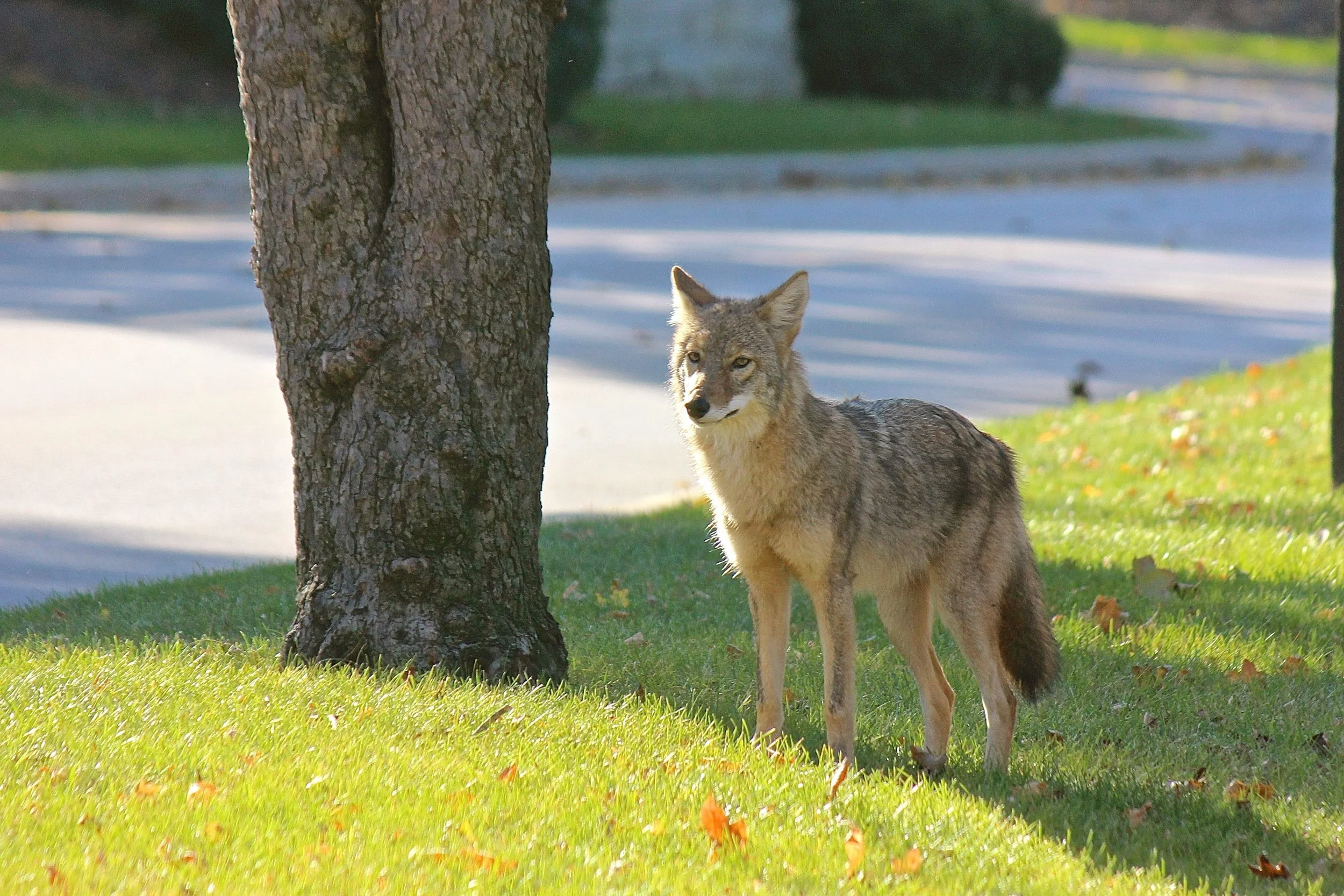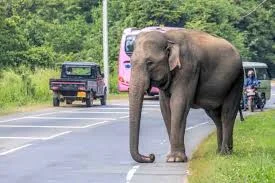By The Landlord
“Once there were parking lots
Now it's a peaceful oasis …
This was a Pizza Hut
Now it's all covered with daisies…
There was a factory
Now there are mountains and rivers…
There was a shopping mall
Now it's all covered with flowers.”
It is no secret, and should be even more common knowledge, that the human way of life is destructive to wildlife, and that as it accelerates, it will bring widespread extinction. But sometimes, in a city environment, nature finds a way. It can adapt and somehow survive, and often in extraordinary ways. I was recently talking to some friends with a three-year-old daughter who live on a busy city street. Every day the girl would tell them about her special secret friend who visited her at night. She said he had lovely soft fur, a long nose and a fluffy tail. But they have no pets. “Like cat or a dog?” they asked. “No!” the girl said. He’s a fox!” They naturally assumed this was an imaginary friend, or just a dream. Every night they looked in on her to check all was OK, and yes of course, it must have been her imagination. But then one evening, on a clear night, later than normal, the mother gently opened the bedroom door to find her daughter fast asleep as usual, but at the foot of the bed, also curled up and sleeping peacefully, and bathed in moonlight, was a beautiful, young fox.
Foxtrot
I’m guessing the parents must have been both in a state of wonder and terror, but it just goes to show how prevalent the urban fox has become over the past 20 years. Like many families they dine each night on takeaways. There are also many other surprising developments. The common sight of green parakeets, spreading across London, gradually breeding from a pair who were escaped pets – birds, as one possilby mythical urban tale, goes were originally belonged to Jimi Hendrix.
I see ring-necked parakeets all the time. Here they are feeding at my back window in winter, a vital way to keep urban birds alive. It attracts all kinds of species, including the occasional green woodpecker:
Wild parakeets at my window in London in wintertime
Parakeets noisily fly in vast numbers each year to breed in the capital:
Night flight: ring-necked parakeets
I enjoy a busy urban life, trying to see as many bands as I can, and love the buzz of the city, but I make sure I take in as much of the natural world as possible each day, wherever I can find it. And only five minutes’ walk from where I live, which is in Hackney, London, you can often catch these handsome fellows.
Cattle by the River Lea in Hackney, London
The reason these regulars, a mixture of Belted Galloway and Longhorn cattle, are on the marshes next the River Lea is to graze and thus allow a very rare plant, the creeping marshwort, to flourish. It is also common to see hovering kestrels and newts wriggling in the urban waters all around this area in what is relatively central (zone 2) London. Such is the strange juxtaposition of urban and country life that a few years ago I even managed to make short film about canoeing through urban waterways to my work office in King’s Cross in central London, catching all kinds of wildlife along the way, or “canuting to work” as the headline put it.
So what kind of urban wildlife can be represented in song? This is a potent topic because it is ta point where two worlds collide. And it is driven by the simple fact that where there is food there is a way. So that could mean everything from common scavengers - rats of course, to more elevated creates - peregrine falcons perhaps?
Peregrine falcon scours for London pigeons
Or bats feeding off insects that gather under street lamps, sometimes gathering in vast numbers:
Bats congregate in vast numbers on Congress Bridge in Austin, Texas
Urban nature in song doesn’t necessarily have to be about animals or plants. It could include beautiful sunsets coloured and made even more dramatic by pollution, or with a stark setting or buildings, making gasworks beautiful for example, or cities with hills and mountains within them, or views of them near or far.
Urban sunsets can often be more beautiful than bucolic settings
So alongside foxes, squirrels cats, rats, dogs, pigeons and and common creatures, plus many kinds of flora and fauna and tree roots forcing their way through concrete, the city can also include a host of extraordinary creatures forced to visit and settle in to find food. Some of them begin as unusual pets, but then become wild residents or simply stray on a meal out visit. Cute, dangerous or more? Even a boar:
Pigs in the city
So instead of many words, let’s just enjoy a few sightings of ever more extraordinary urban wildlife:
Rabbit leaps a Vienna railway track
Red deer in Walsall, West Midlands
Badger gets busy gravedigging in Bristol, UK
Beavering in Berlin
Rocky racoon: bin time
Owl be living here, then
Otter-ly amazing in Singapore
African penguins in Cape Town, South Africa
Teeing off: crocodile on golf course on Kiawah Island, US
Hungry like the Colorado wolf
Don’t cross Canadian black bears
… or indeed the urban elephant
I was never going to tackle this topic without getting the great David Attenborough involved. So here, as one example, some of the most extraordinary urban adaptation comes with our primate cousins, who have not only got nicking food to a high level of skill and teamwork, but also urban monkeys in Jodhpur in India go for a bit of gang warfare, and gracefully move across rooftops as if it they were in a jungle:
Leopards hunting Mumbai aren’t so much after humans, but boar. Beware watching all of this if you’re squeamish at all about the vulnerability of an urban pig:
As I mentioned above, urban rives and canals are a rich source of wildlife:
A river runs through it: in Chicago
So let’s begin to round things off with a poem, one by Robert Frost, A Brook In The City, which sums up country to urban evolution, focusing on a small waterway that, like many, still flows underneath many cities, but can still be a source of life:
The farmhouse lingers, though averse to square
With the new city street it has to wear
A number in. But what about the brook
That held the house as in an elbow-crook?
I ask as one who knew the brook, its strength
And impulse, having dipped a finger length
And made it leap my knuckle, having tossed
A flower to try its currents where they crossed.
The meadow grass could be cemented down
From growing under pavements of a town;
The apple trees be sent to hearth-stone flame.
Is water wood to serve a brook the same?
How else dispose of an immortal force
No longer needed? Staunch it at its source
With cinder loads dumped down? The brook was thrown
Deep in a sewer dungeon under stone
In fetid darkness still to live and run --
And all for nothing it had ever done
Except forget to go in fear perhaps.
No one would know except for ancient maps
That such a brook ran water. But I wonder
If from its being kept forever under,
The thoughts may not have risen that so keep
This new-built city from both work and sleep.
And finally here’s a starter song to further help inspire more, quoted above at the top of this intro. It was previously chosen for another topic, but still captures the idea of beautiful reversal of the eco-destruction theme. Nothing (But Flowers) by Talking Heads – from band’s final album, Naked It also includes Kirsty MacColl on backing vocals and Johnny Marr, soon after The Smiths finished, playing a beautiful riff on lead guitar. Perhaps alongside all the other urban wildlife, there are also re-wilding songs that could come up this week.
I’m delighted to announce that this week’s eco expert, spotting your urban nature and wildlife songs through a skilled set of musical binoculars is he brilliant barbryn! Deadline for song nominations is this coming Monday at 11pm UK time, for playlists published next Wednesday. Nature will find a way.
Flower power
New to comment? It is quick and easy. You just need to login to Disqus once. All is explained in About/FAQs ...
Fancy a turn behind the pumps at The Song Bar? Care to choose a playlist from songs nominated and write something about it? Then feel free to contact The Song Bar here, or try the usual email address. Also please follow us social media: Song Bar Twitter, Song Bar Facebook. Song Bar YouTube. Subscribe, follow and share.

